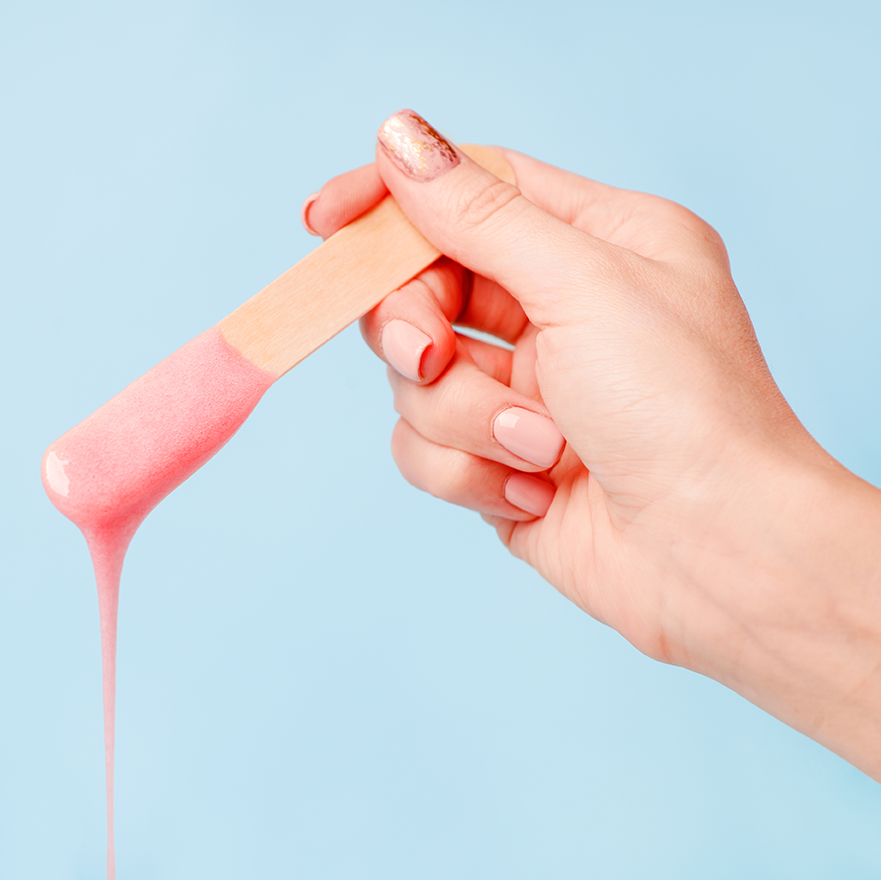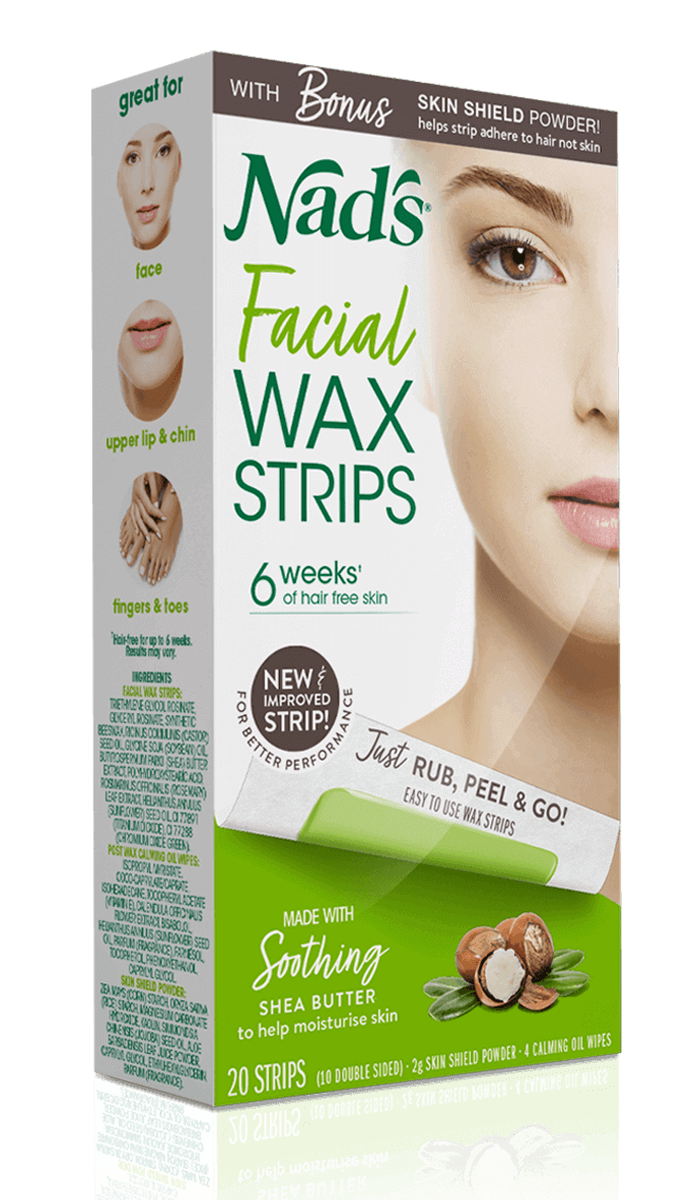Expert Waxing Solutions: Smooth and Resilient Results
Expert Waxing Solutions: Smooth and Resilient Results
Blog Article
Mastering the Art of Shaving: Necessary Tips for a Pain-free Hair Elimination Experience
In the world of individual pet grooming, understanding the art of waxing is a skill that can dramatically improve one's hair removal experience. From pre-waxing prep work to choosing the best wax and understanding appropriate waxing techniques, the journey to a painless shaving experience is led with understanding and proficiency.
Pre-Waxing Prep Work
Prior to going through a waxing session, it is necessary to effectively prepare your skin to minimize pain and attain ideal hair elimination results. Avoid hydrating on the day of your waxing session as it can develop an obstacle between the wax and your hair, leading to much less effective outcomes.
Furthermore, it is crucial to cleanse your skin completely prior to waxing to eliminate any kind of oils, creams, or dust that might conflict with the wax's capacity to hold the hair. This step not only improves the effectiveness of the shaving procedure but likewise helps reduce the risk of post-waxing breakouts - Laser Hair Removal. By following these pre-waxing prep work steps, you can guarantee a smoother and more comfy hair elimination experience

Selecting the Right Wax
Picking the appropriate kind of wax is essential for guaranteeing a comfy and effective hair removal procedure. There are several sorts of waxes readily available, each satisfying different skin types and hair appearances. The two main classifications of wax are tough wax and soft wax. Difficult wax is appropriate for delicate locations like the face, underarms, and swimwear line as it sticks just to the hair, making it less painful for these fragile locations. On the other hand, soft wax is perfect for bigger areas like legs and arms as it is used very finely and gotten rid of with fabric strips.
When selecting a wax, consider your skin level of sensitivity, hair thickness, and the location you plan to wax. For those with sensitive skin, hypoallergenic waxes with included comforting representatives like chamomile or aloe vera can help in reducing irritability. Coarse hair may need a wax especially formulated for strong hair removal. Furthermore, if you are brand-new to waxing, it may be valuable to begin with a gentle formula to evaluate your skin's response before attempting extra potent alternatives. Consulting with a specialist esthetician can additionally give useful insight right into the very best wax for your specific needs.
Correct Waxing Technique
To begin, it is necessary to clean the skin thoroughly prior to applying the wax. Additionally, constantly make certain that the wax is heated up to the correct temperature level to prevent burns or ineffective hair removal. Using the wax in the direction of hair development and removing it versus the hair growth helps to make sure that the hair is drawn from the root, resulting in smoother and longer-lasting results.
In addition, utilizing small areas of wax at a time article and pushing securely on the wax strip prior to removal can aid improve the efficacy of the procedure. Lastly, bear in mind to apply gentle stress on the skin after waxing to relieve any kind of discomfort and minimize redness. By adhering to these correct waxing methods, you can achieve a much more positive and effective hair removal experience.
Aftercare Tips

In addition, it's suggested to refrain from tasks that might cause excessive sweating, such as intense exercises, immediately after waxing to prevent further irritation. If any redness or bumps persist after waxing, using a cool compress or aloe vera gel can help in reducing swelling - Laser Hair Removal. Following these aftercare suggestions vigilantly can ensure a comfortable and reliable waxing experience with resilient results

Troubleshooting Common Issues
Attending to typical issues that might develop during the shaving procedure is essential to ensuring a smooth and effective hair elimination experience. One common trouble is skin irritation, which can happen because of sensitive skin or improper shaving techniques. To alleviate this, utilizing a soothing cream having aloe vera or chamomile post-waxing can help relax the skin. Another concern is ingrown hairs, where hair swirls back or grows sidewards into the skin after waxing. Normal exfoliation with a mild scrub can avoid in-grown hairs by removing dead skin cells and enabling hair to expand easily. Additionally, if you experience wounding or soreness after waxing, applying a chilly compress can lower swelling and relieve the skin. Lastly, if you discover irregular hair removal or patches of missed out on hair, consider changing your shaving strategy or looking for professional assistance for even more intricate areas. By dealing with these common waxing concerns proactively, you can improve the general performance and convenience of your hair removal regimen.
Conclusion
In final thought, grasping the art of waxing requires proper prep work, picking the ideal wax, making use of the this link correct technique, and following aftercare suggestions. By complying with these vital ideas, people can achieve a painless hair removal experience. Laser Hair Removal. It is necessary to troubleshoot common concerns that may develop throughout the waxing process to guarantee a successful and comfortable end result. With practice and interest to detail, waxing can be an effective hair removal approach.
Additionally, it is important to clean your skin thoroughly before waxing to eliminate any type of oils, creams, or dust that can interfere with the wax's capability to grip the hair. The two primary categories of wax are hard wax and soft wax.When picking a wax, consider your skin level of sensitivity, hair thickness, and the location you intend to wax.Additionally, making use of small areas of wax at a time and pressing firmly on the wax strip before removal can assist boost the effectiveness of the process. After waxing, it's vital to keep the waxed area clean and totally free from irritants.
Report this page